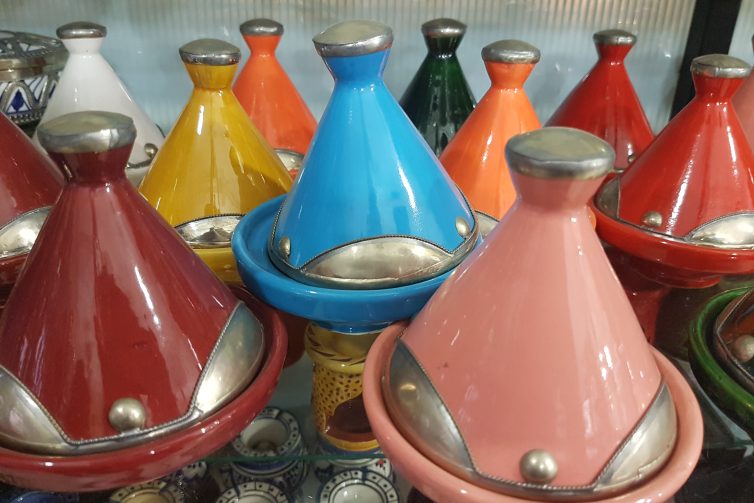I’ve been to Morocco. So what? Well, I’m already planning my next trip there—this time with a backpack, no child, and a list of Moroccan towns to explore. Here’s the thing: my daughter, Miss J, at the tender age of early teenagehood, suddenly became more enamored with swimming pools than with wandering from one city to the next. Our hotel had a massive pool, and I barely convinced her to leave the water long enough to see the sights. Eventually, she abandoned me entirely. But that’s okay. It gave me all the more freedom to dream of returning to Morocco.
Now, you might think Morocco is just another African destination, but let me tell you—it’s not your typical African experience. While Morocco is, indeed, in Africa, its heart and soul pulse more with the Eastern influence, especially the Arab culture. The Arab invasion of the 7th century brought the Arabic language, the governing system, and, of course, Islam to the region. The Berber people, Morocco’s indigenous population, gradually embraced these new changes over time. Today, Morocco feels like an enchanting mix of Arab culture and Berber roots, with Darija, a local Arabic dialect, spoken alongside French—a relic of Morocco’s time as a French protectorate between 1912 and 1956. And don’t worry, if your French is a bit rusty (like mine), English is spoken enough to help you navigate the streets and markets.
We landed in Agadir, escaping from a chilly 10°C back home to the warmth of the Moroccan sun. The visa process at the airport was easy—just make sure you note your hotel’s name and address, and double-check that you’ve had the necessary vaccinations before your trip. Hepatitis A and B and typhoid fever shots were recommended, and luckily, we had them from our previous travels in The Gambia.
Agadir itself surprised me with its modernity. It’s not the traditional, maze-like streets you might expect when you think of Morocco. Agadir’s story is one of resilience—it was almost entirely destroyed by a devastating earthquake in 1960, and what stands today is a modern, rebuilt city. In fact, I’d call it the “Mamaia” of Morocco, a resort town similar to the Romanian seaside destination, only much cheaper. You’ll find European stores, familiar fast food chains like McDonald’s and KFC (although, thankfully, no “McCamel,” I checked), and a beautiful 10-kilometer-long cliff stretching along the coastline.
A familiar comfort for me? Dacia Logan cars! I couldn’t help but smile every time I saw one cruising through the streets. And, of course, there’s the delightful surprise of Romanian music—Inna, Alexandra Stan, and Fly Project blasting from local speakers. And yes, you can even find Laura chocolate with strawberries—small moments of comfort in an otherwise exotic environment.

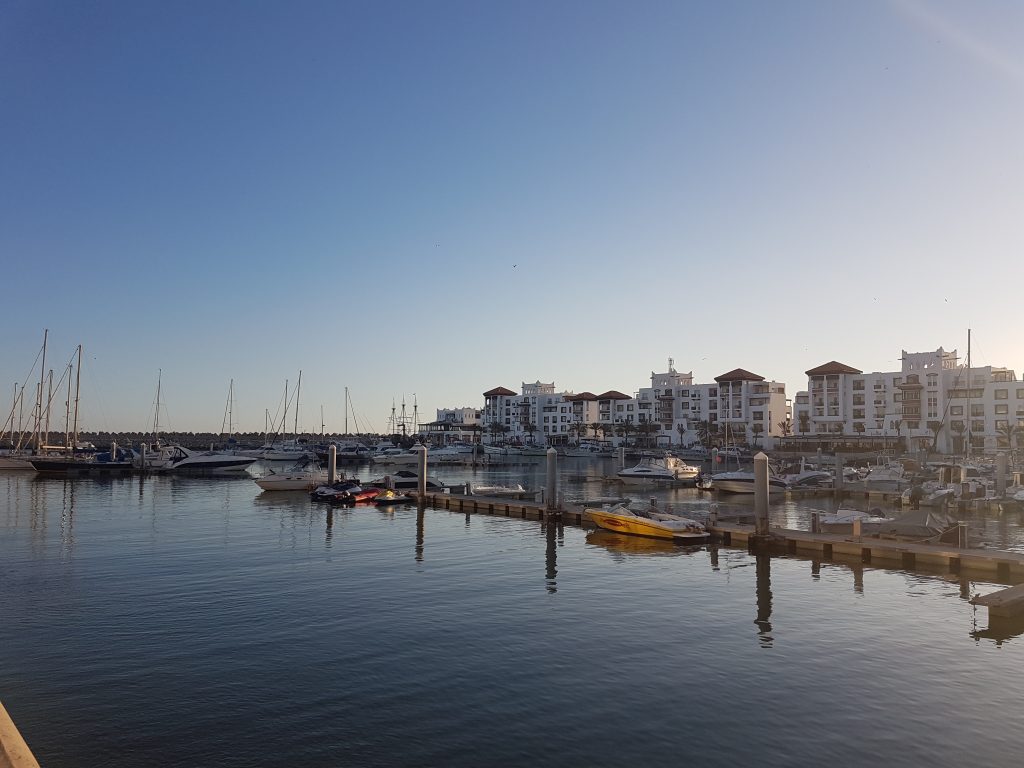

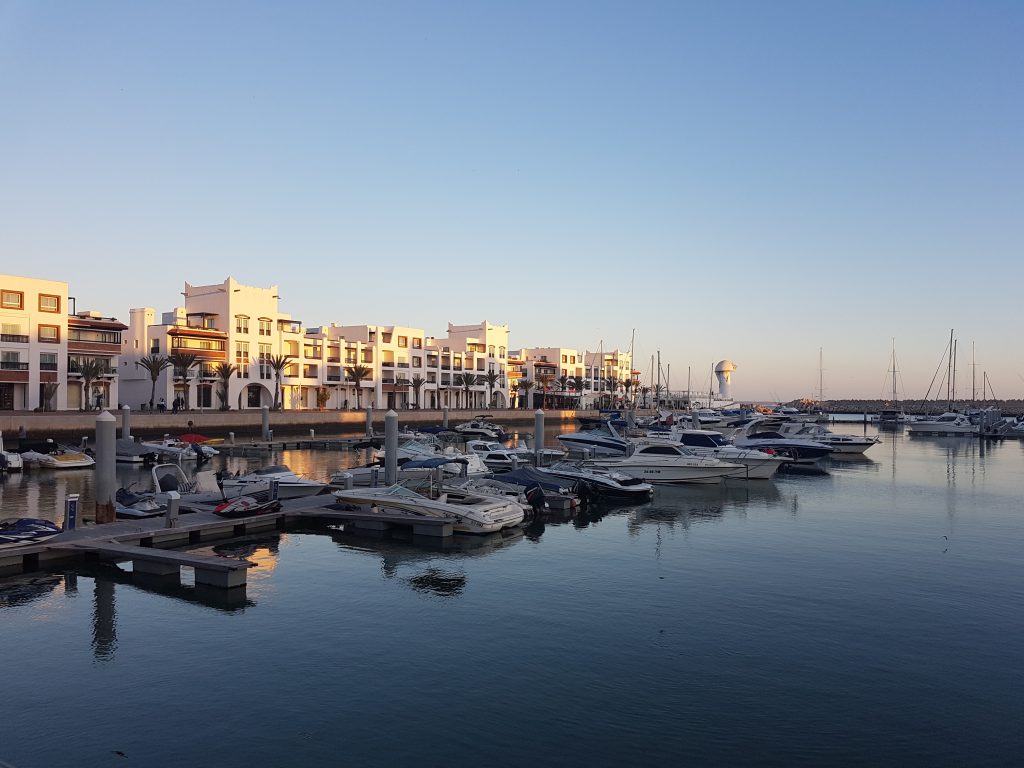
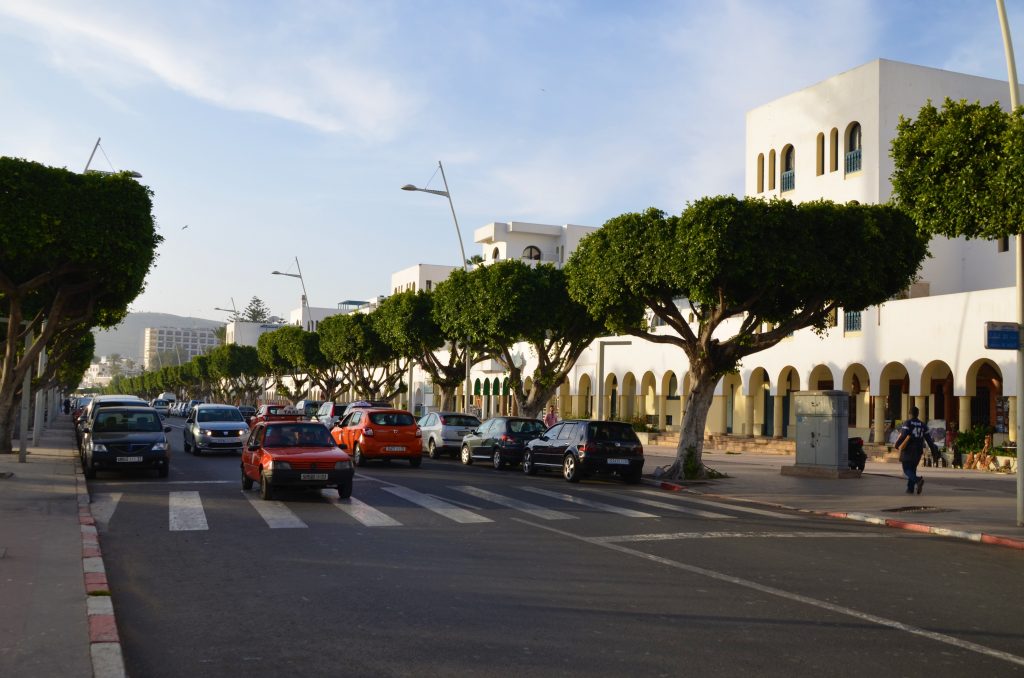
As for the food? It’s cheap and delicious! You can easily get a decent meal for 70-80 dirhams (7-8 euros), with generous portions that usually include fries and vegetables. The quintessential Moroccan dish is tajine—a stew of chicken, beef, or fish, cooked with vegetables in a traditional clay pot. Prices for a tajine range from 50 to 70 dirhams (5-7 euros). And don’t forget the olives—served free as an appetizer in most places. I ate so many olives, I half-expected them to start growing from my nose. At some restaurants, you’ll also get a free cup of sweet, hot mint tea at the end of your meal. It’s not just a drink; it’s a ritual. You’ll hear that Morocco consumes nearly 15 kilograms of sugar per person, per year. Sweet indeed!
Moroccan cuisine is an experience in itself. The country’s dishes are rich with flavors of coriander, cumin, almonds, figs, dates, and saffron. Some must-tries include boulfaf (lamb kebabs), couscous, b’stilla (pigeon pie), harira (a thick soup), and zaalouk (a spiced tomato paste). But if you venture into street food, be sure to bring Immodium—better safe than sorry!
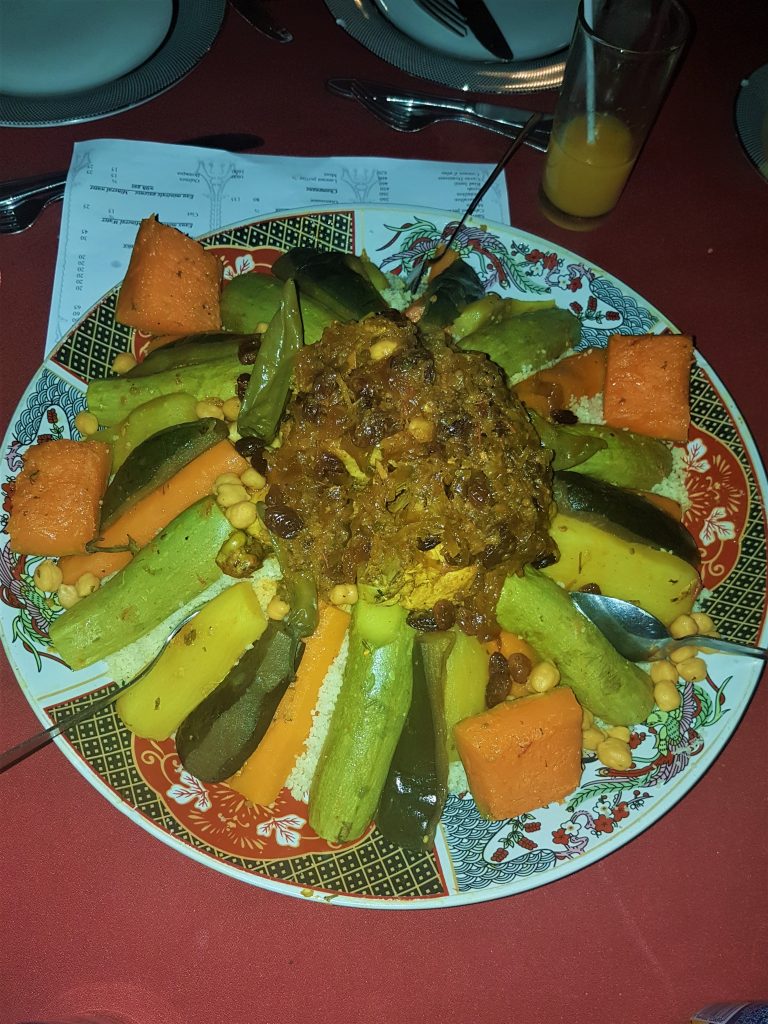
Couscous with vegetables and chicken
So, what else can you do in Agadir beyond lounging in the sun? Plenty! Here are a few things I highly recommend:
1. A City Tour
Take a half-day tour to explore the port, the local souk (market), Mohamad V Mosque, and the ruins of the ancient fortress Agadir Oufella Kasbah. The tour will cost you 110 dirhams for an adult and 55 dirhams for a child (around 11 and 5.5 euros). A visit to the port in the morning is a must—it’s bustling with sardine boats, the day’s catch, and even the nearby eucalyptus boat workshops.
2. Explore the Souk
The market is a sensory overload, much like Bucharest’s Red Dragon Market, where everything is negotiable—from exotic fruits and camel meat to handmade crafts and trinkets. The key? Negotiate. If something is priced at 100 dirhams, start at 25, and work your way to half the price—it’s part of the fun!
3. Visit the Kasbah
The Kasbah’s ruins offer a sweeping view over the city and the ocean, but beware of the “guides” who will offer to show you around. Stay firm and say “No, thank you” to avoid paying for a photo op with a camel or snake at the end. It’s worth the effort, though—the view from the top is breathtaking!
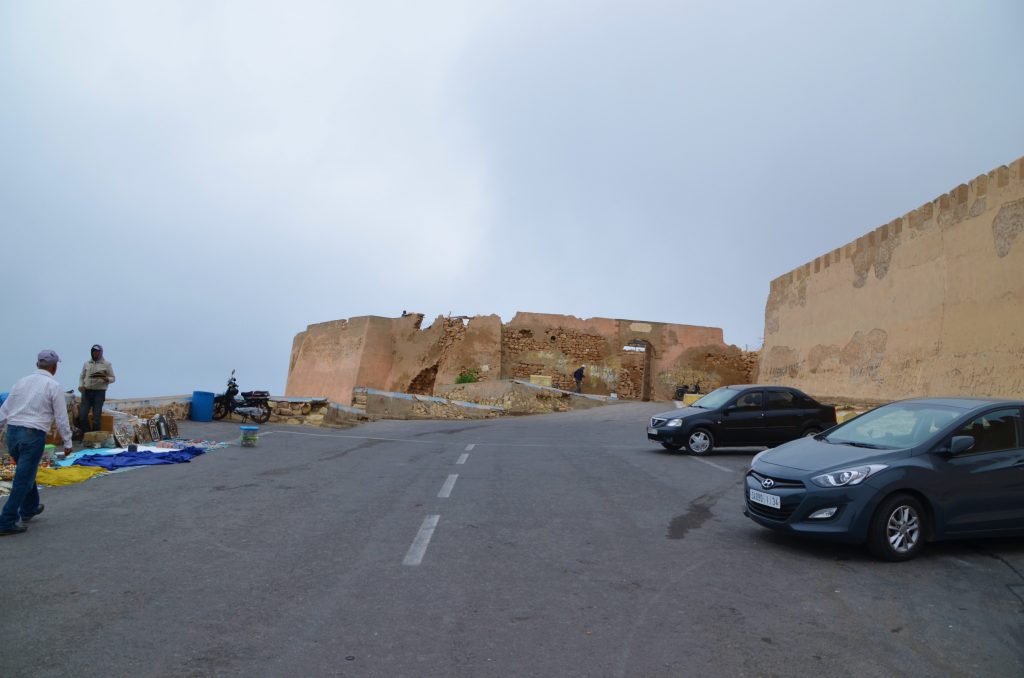
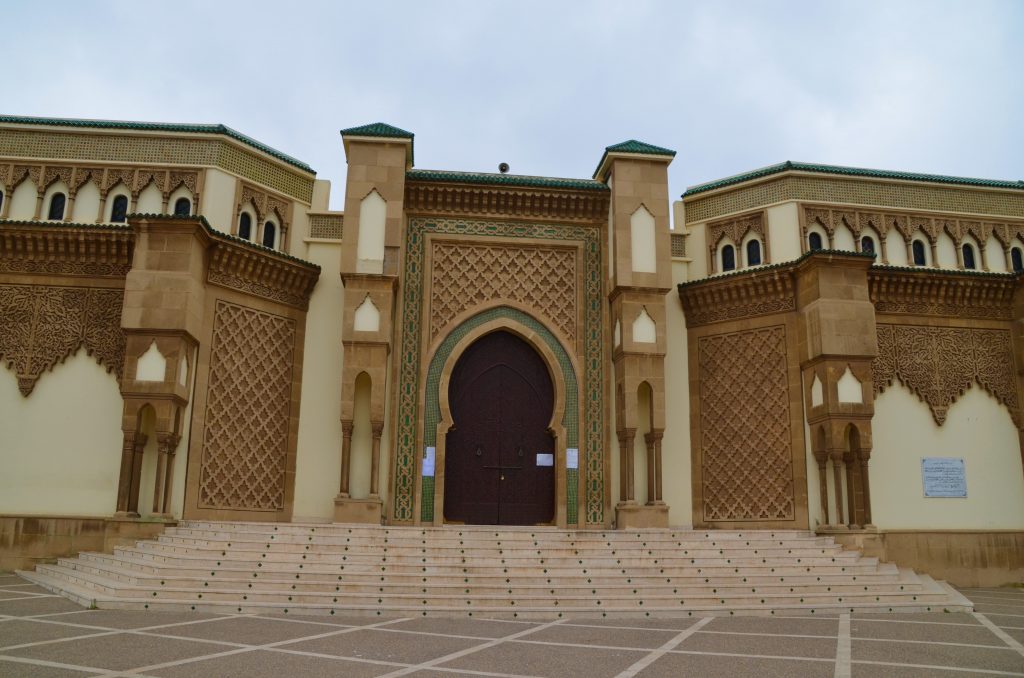
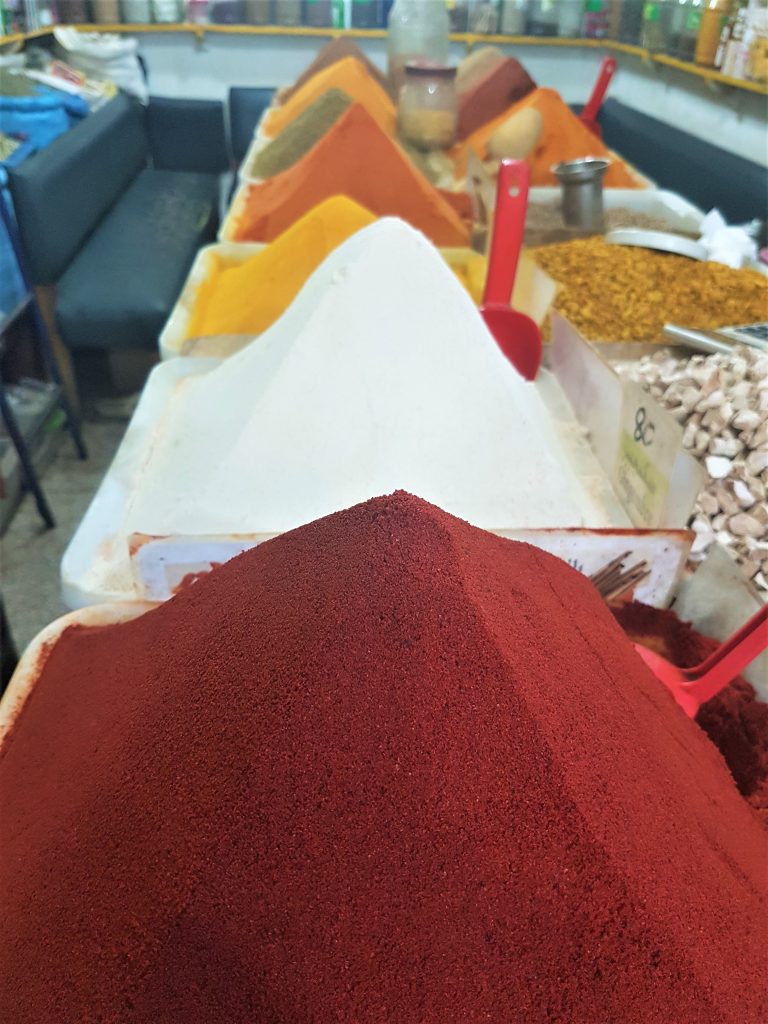

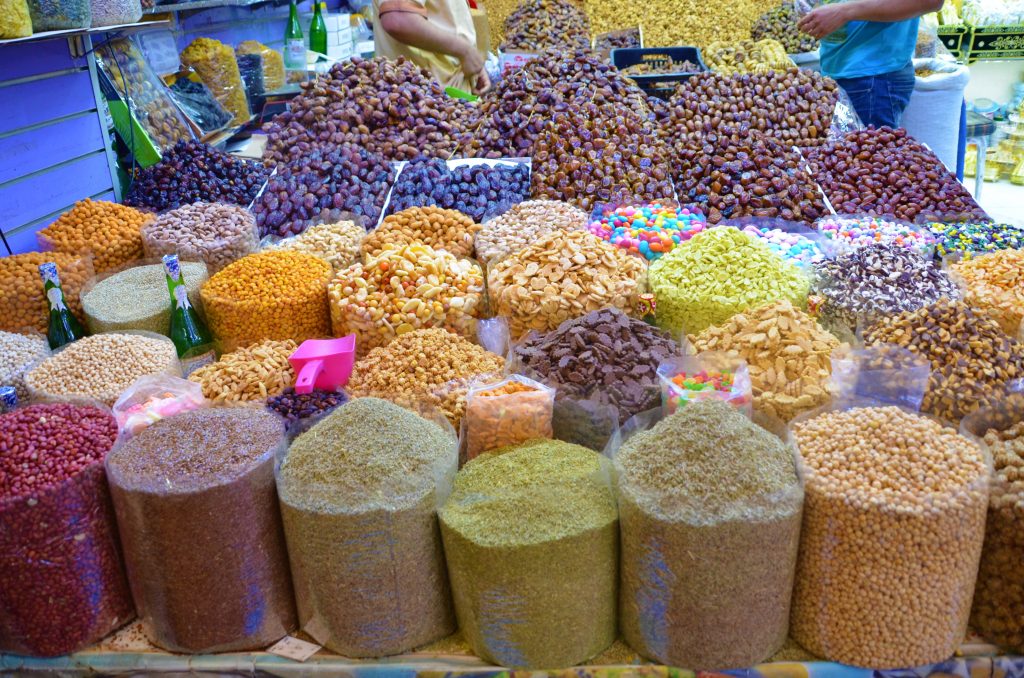
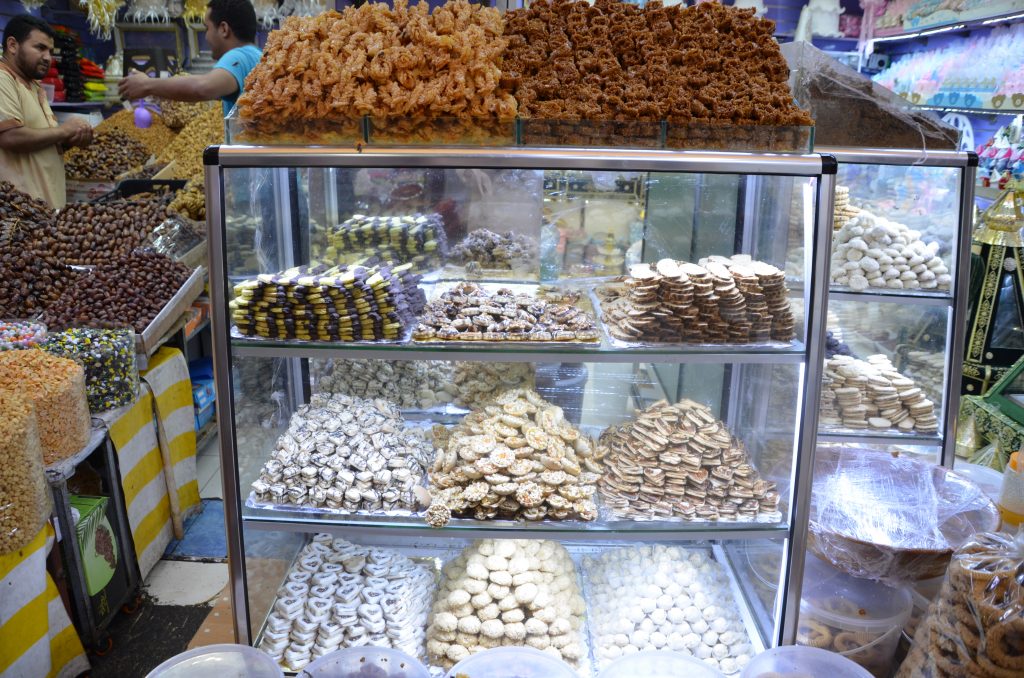
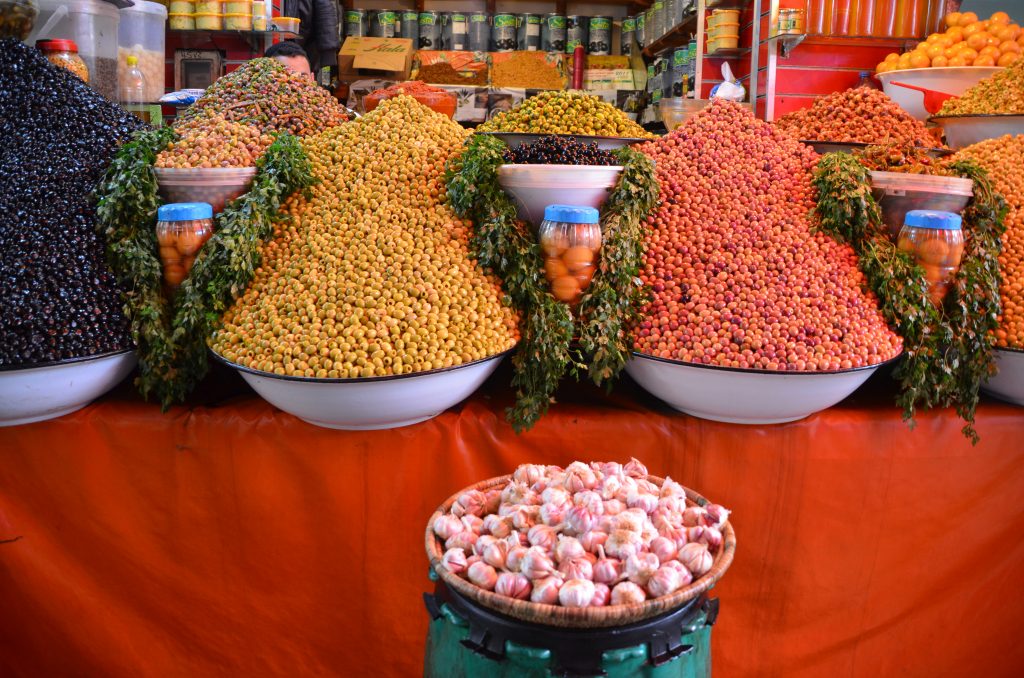
4. A Hammam Experience
For the ultimate indulgence, visit a traditional Moroccan Hammam. For around 330 dirhams (33 euros), you can spend two hours being washed, scrubbed, and massaged. You’ll leave feeling like a new person with baby-soft skin.
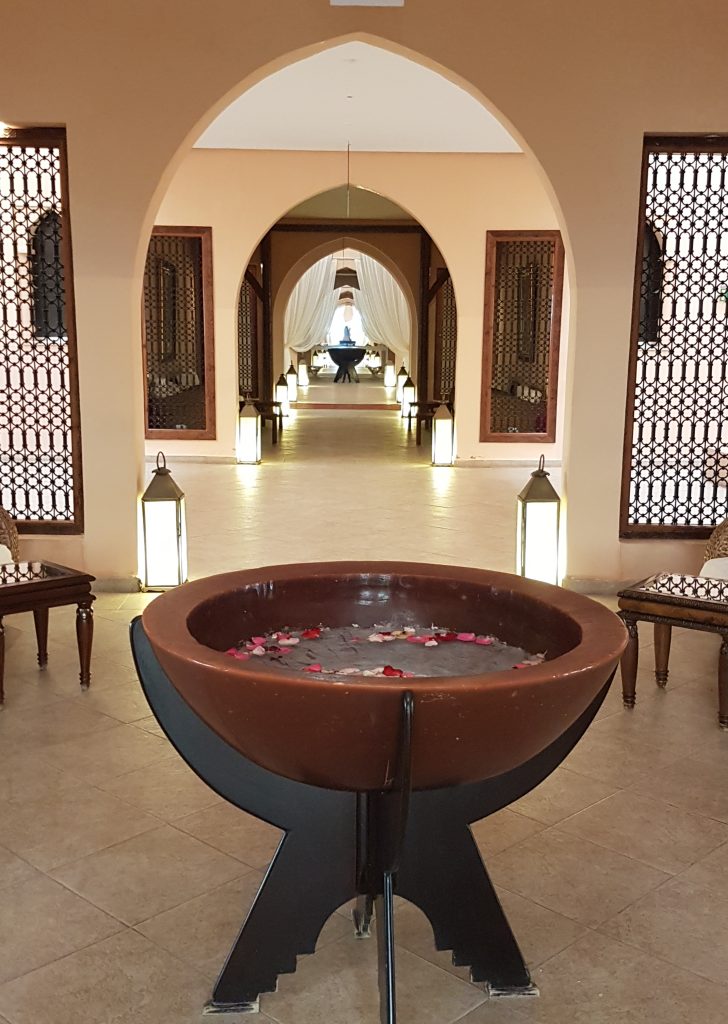 5. Fantasia Show
5. Fantasia Show
A 30-minute drive outside Agadir will take you to a traditional Moroccan dinner show. You’ll be greeted by Moroccan warriors on horseback and entertained with dances, acrobats, and a thrilling equestrian display. It’s like being transported to another time, like a modern-day Scheherazade. The traditional Moroccan dinner was served in a large tent. Don’t worry, the tent is fully equipped with everything you’d need, including tables and chairs for comfort! Upon arrival, we were offered milk and dates—kind of like the Romanian tradition of bread and salt. I couldn’t help but laugh at the expressions on the male tourists’ faces as they received their milk!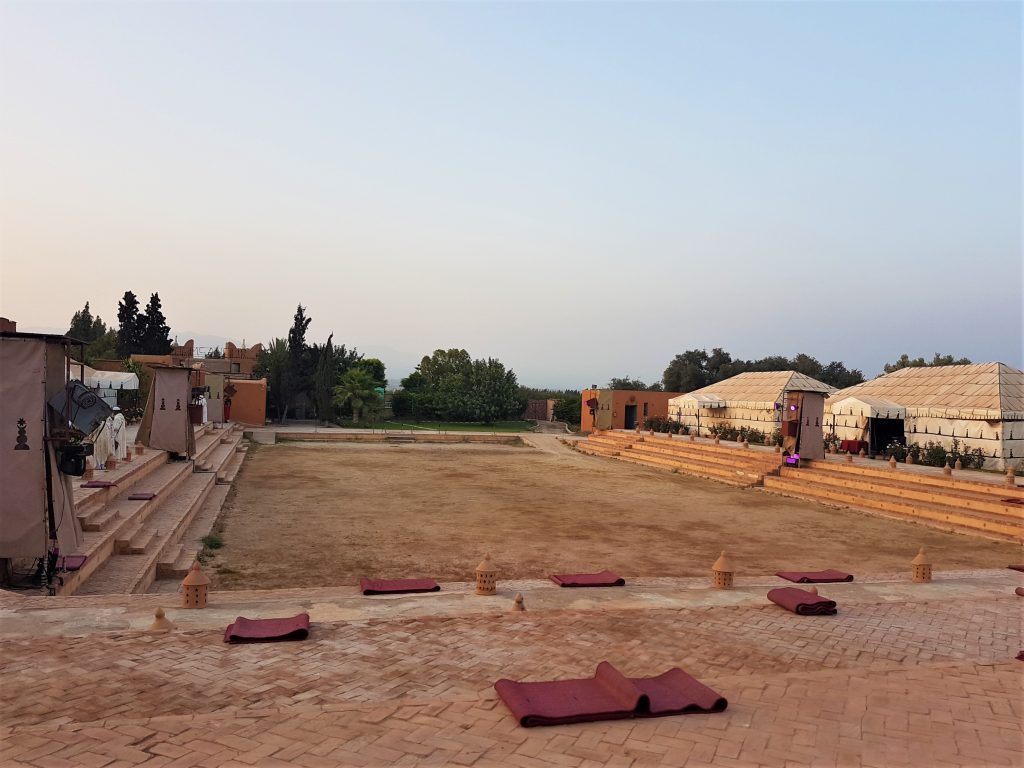
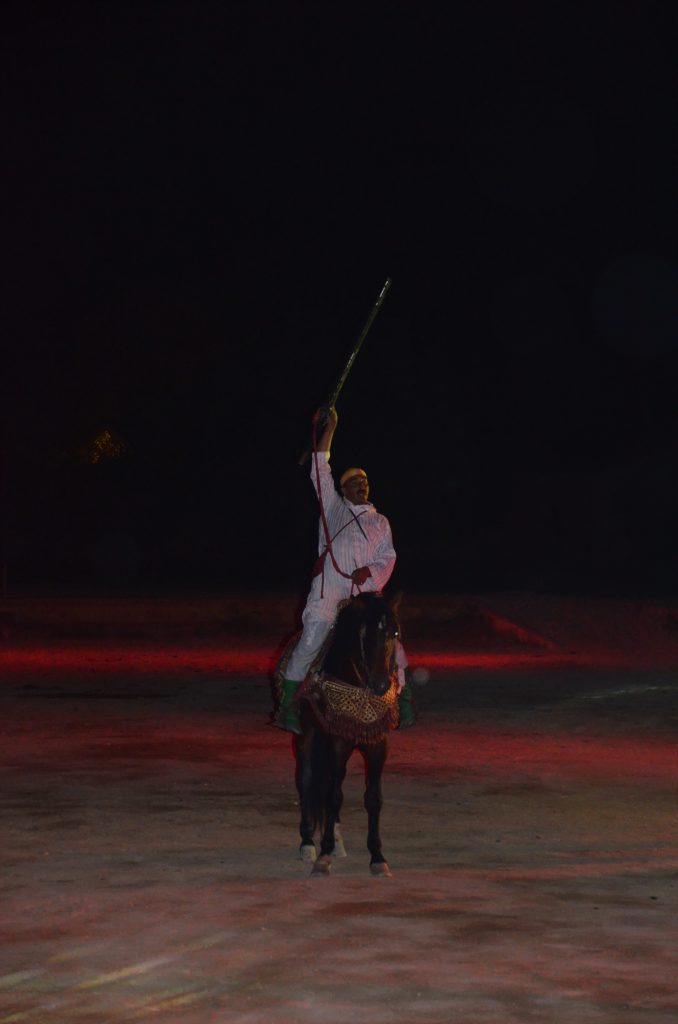
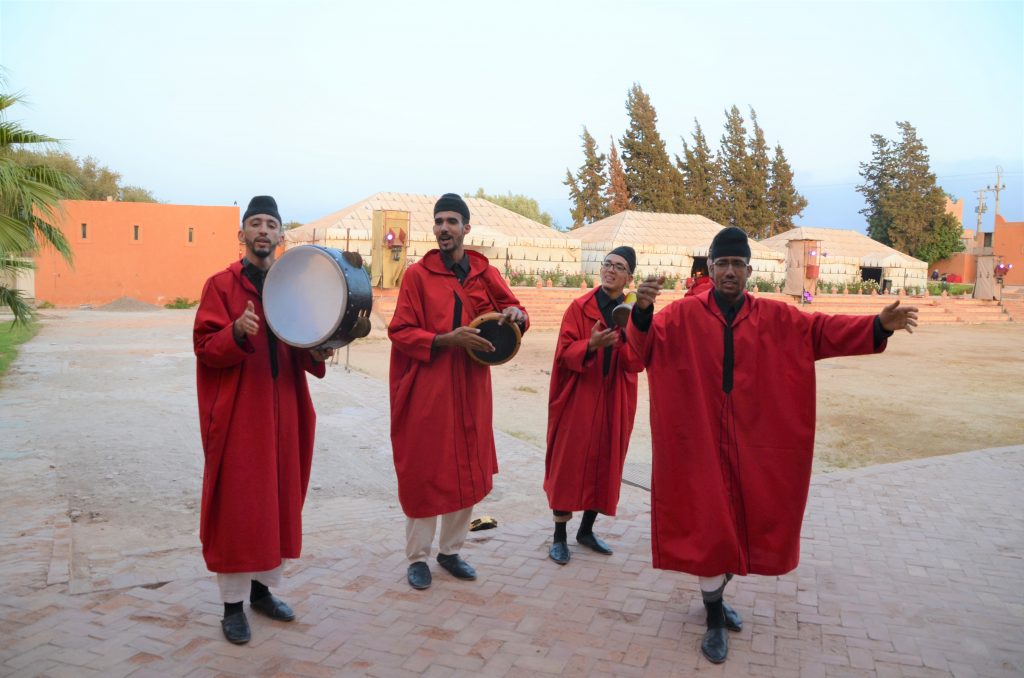
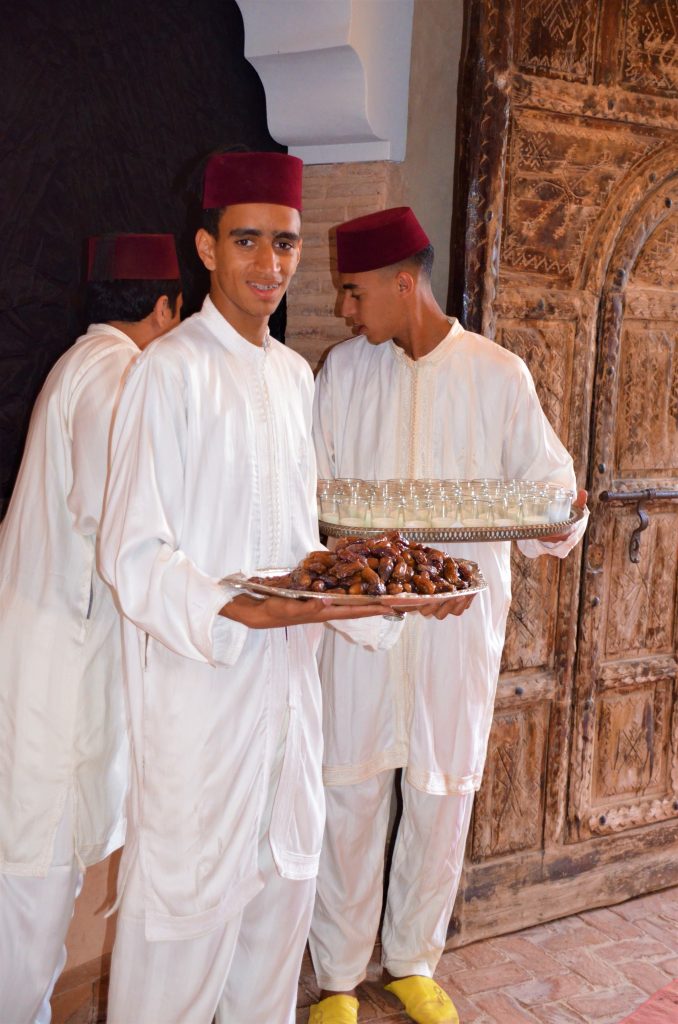
6. Excursions and Adventures
If you’re up for it, you can take day trips to nearby Essaouira or Marrakech, you can climb on Atlas Mount or surf the ocean (Frank Zappa was surfing in the area), or even take a camel ride through the dunes. A trip to the Sahara desert is also highly recommended—especially if you, like me, are enchanted by the golden sand dunes.
7. Crocoparc
A 30-minute drive from Agadir, Crocoparc houses over 300 crocodiles. It’s a must-see for any reptile enthusiast (or anyone who likes a little thrill).
8. Camel Tours and Desert Adventures
One of the most memorable moments of my trip to Morocco was riding a camel. Well, technically, my camel was a dromedary named Toto, since Morocco only has these one-humped beauties. Toto, despite her gentle nature, had a certain attitude. The poor thing was constantly irritated by flies settling on her eyelids, which was both amusing and endearing. Aside from that, she was the perfect camel: calm, steady, and patient.
As we rode through the vast, golden dunes and fields filled with argan trees, I couldn’t help but feel a strange sense of nostalgia. After two hours, though, I was more than ready to touch the solid earth beneath me. The camel tour cost 200 dirhams (about 20 euros) per person, and it was well worth every dirham. And, of course, no Moroccan tour is complete without a refreshing glass of mint tea at the end.
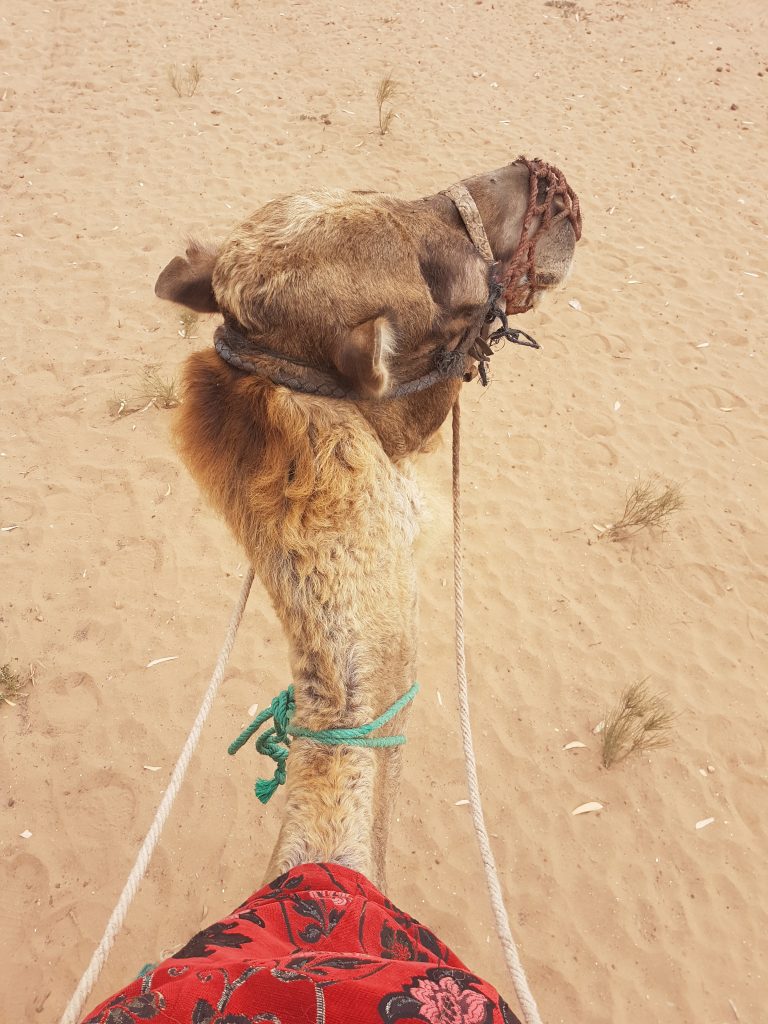
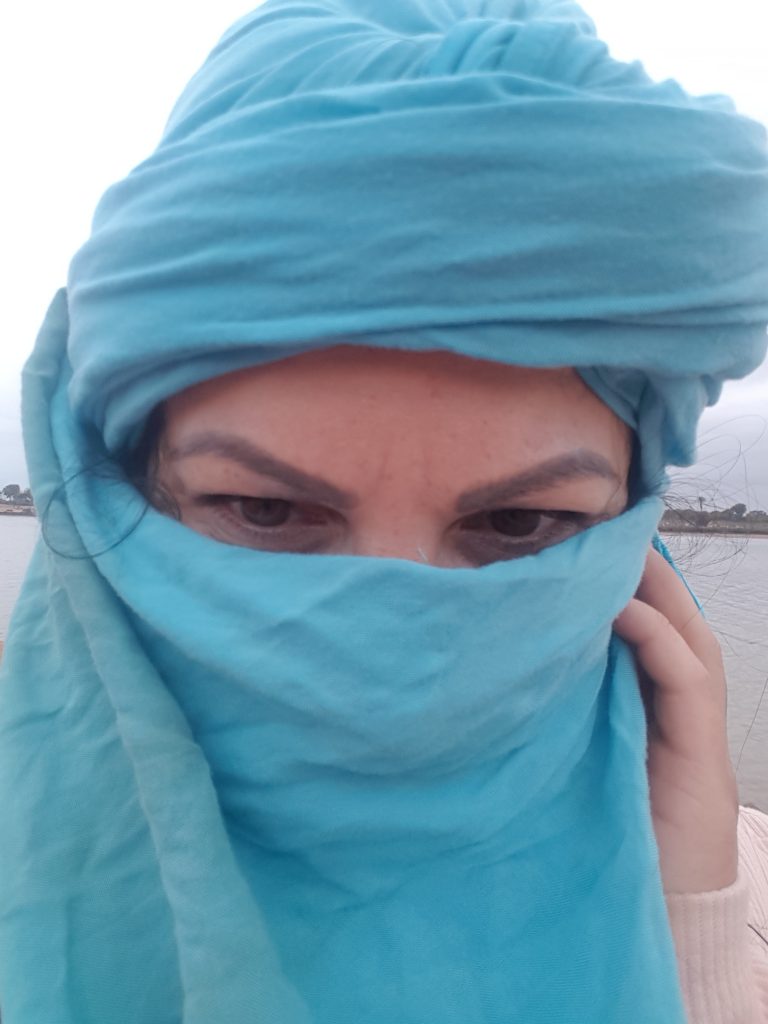
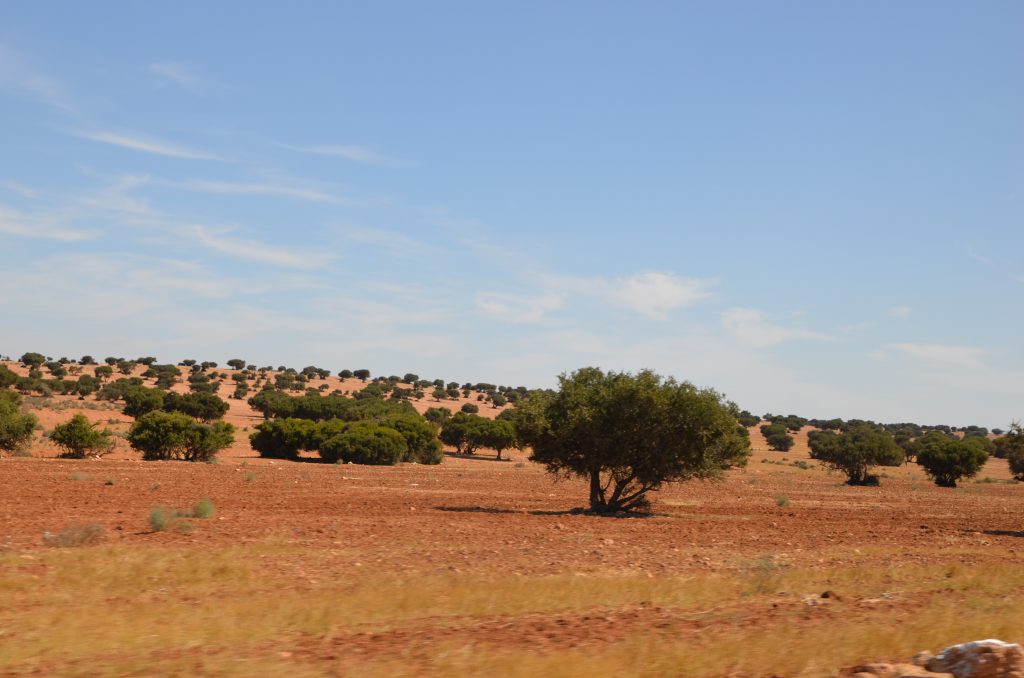
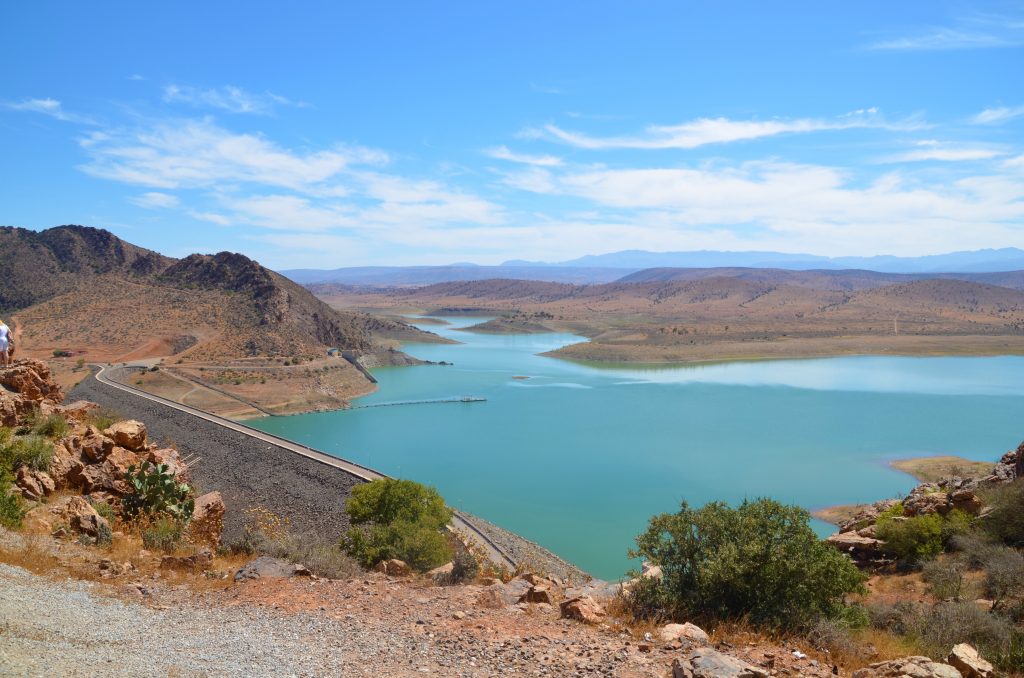
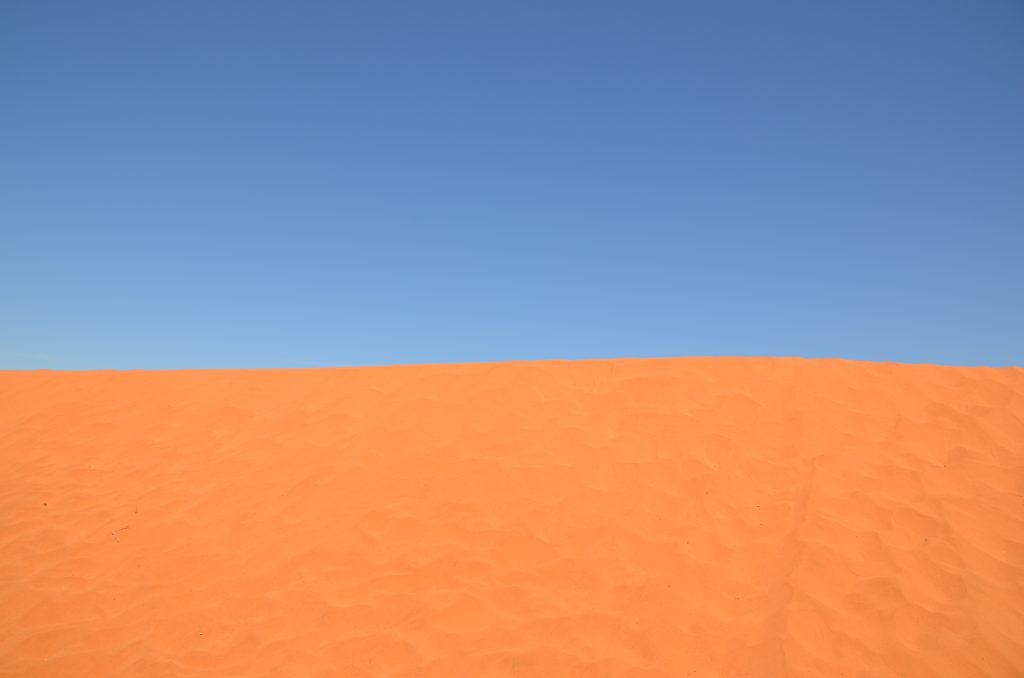
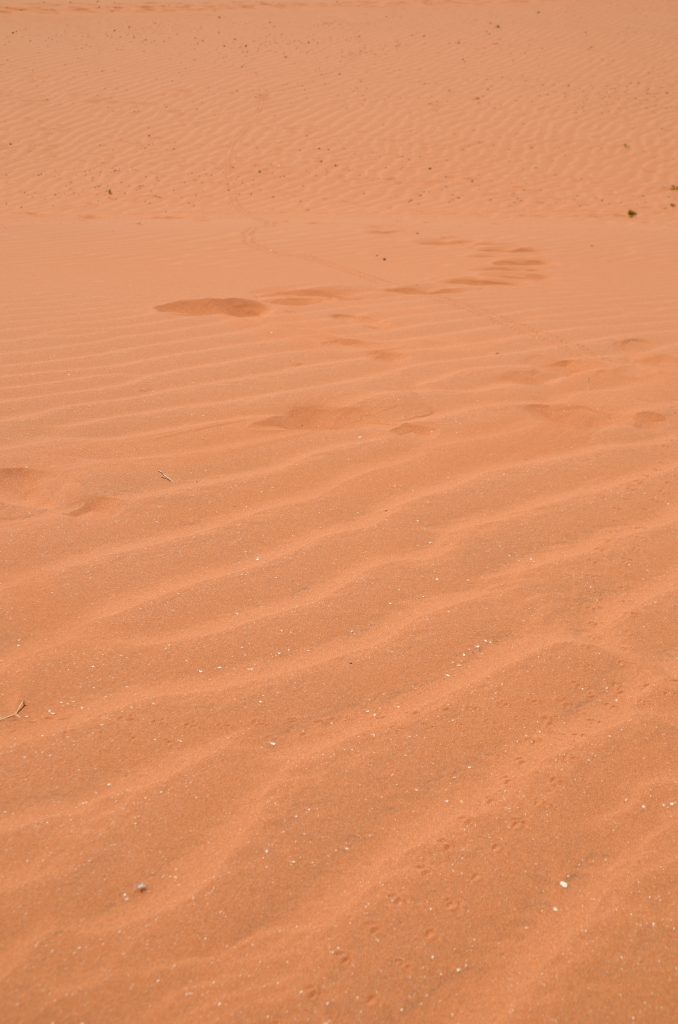
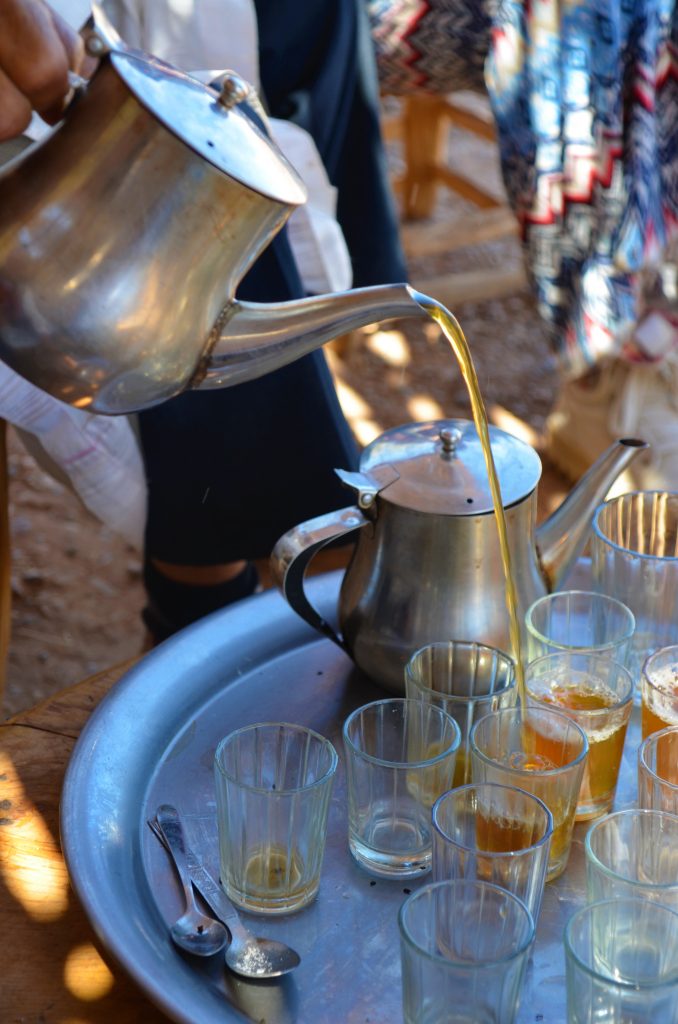
The mint tea is the traditional Moroccan drink
The Sahara Desert, one of the places I had dreamt of seeing for years, was only a one-day trip away. And let me tell you—no matter how long the journey, the sand dunes were worth it. We crossed the stunning Anti-Atlas Mountains, winding our way through Berber villages, where orange trees, bananas, and eucalyptus lined the roads. The sight of goats high up in argan trees brought a smile to my face, reminding me of the simple beauty of life here.
In one of these villages, I had the chance to sit down with Ahmed, a 92-year-old man who rented rooms to poor Moroccans who crossed the Yousef Ben Tajhin barrier. Ahmed, with his two wives and twenty-seven children, served us mint tea as hot as the desert sun and sweet as baklava. He spoke of Morocco before the tourist boom, his words flowing like the wisdom of a man who’s seen the world change around him. Sitting on tiny chairs, sipping tea, and listening to his stories, I was transported to another time.
At the foot of the pre-Sahara desert, I kicked off my slippers and let myself tumble into the dwarf dunes. I ran through them, feeling like a child again, the hot sand slipping between my fingers as I marveled at the vastness around me. What an incredible world this is, I thought. How fortunate I am to experience a small piece of it!
On our way back, we passed through Tiznit, a charming town where we stopped to visit a silver jewelry workshop. There, I learned how the Hand of Fatima—one of the most famous protective amulets in the Middle East—is made. The amulet combines three symbols: the hand, the eye, and a fifth figure, all designed to amplify protection against evil.
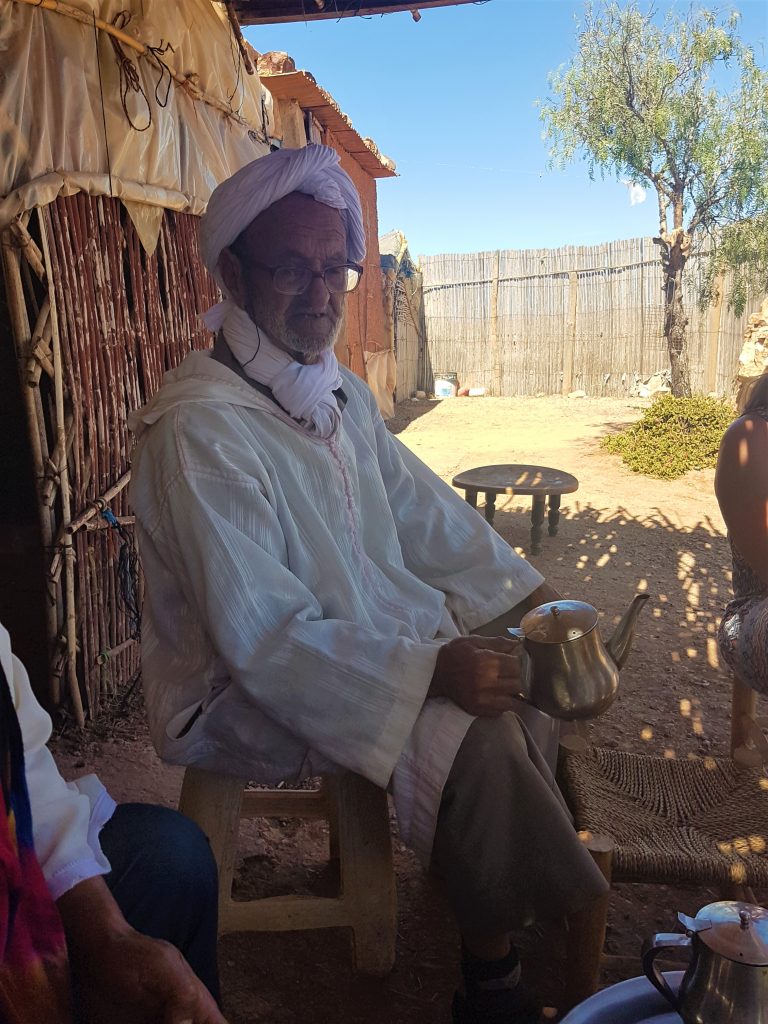

8. Visit the Medina of Agadir
Agadir, with its sunny charm, is perfect for a holiday in April. But beyond the beach and tourist spots, there’s the Medina. The original Medina was destroyed in the 1960 earthquake, but it was lovingly restored in 1992 by Italian architect Coco Polizzi in Ben Sergao, just 4.5 km from Agadir. The restored Medina is a beautiful blend of traditional Berber techniques, sprawled over five hectares. Here, you’ll find small handicraft shops, a museum, and even a cozy restaurant to rest after your exploration.
To get there, take a grand taxi—not the usual orange taxis you see around the city. Grand taxis are used for traveling between villages and cities, and the ride from Agadir to the Medina costs around 50 dirhams (about 5 euros). Entrance to the Medina is 40 dirhams for adults and 20 dirhams for children. The architecture is breathtaking, and you can’t help but imagine what life was like hundreds of years ago in this enchanting place.
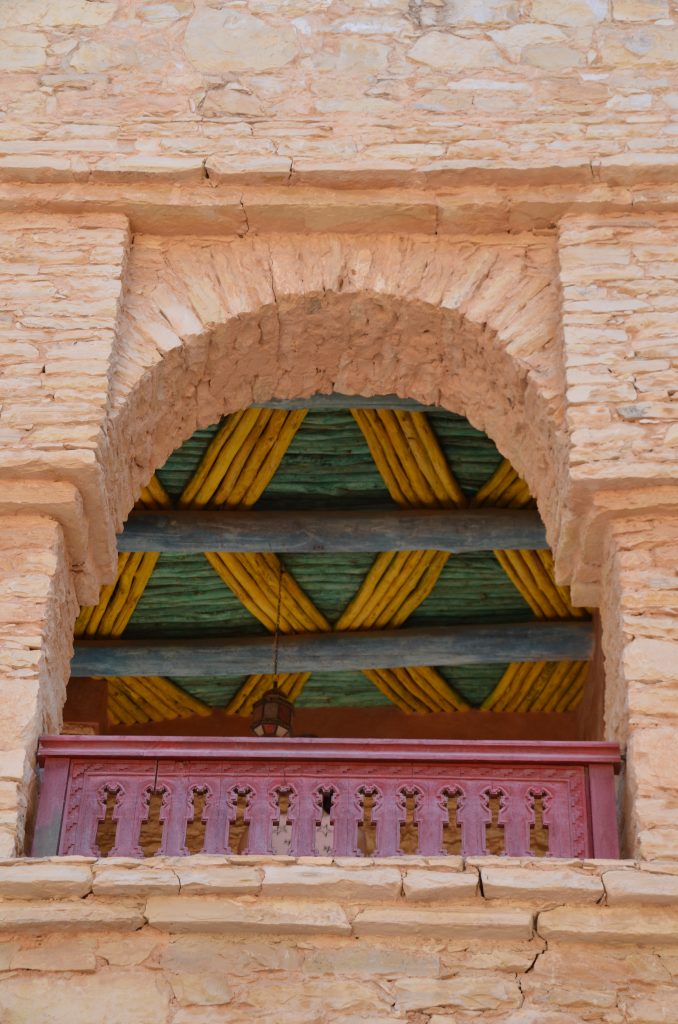
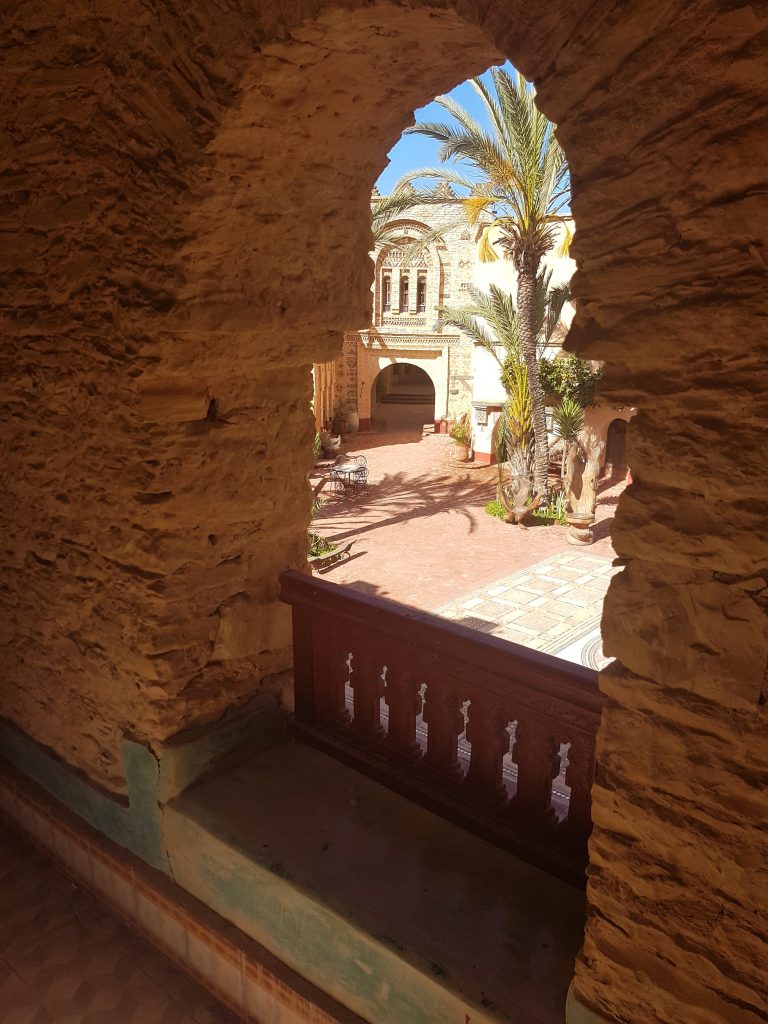
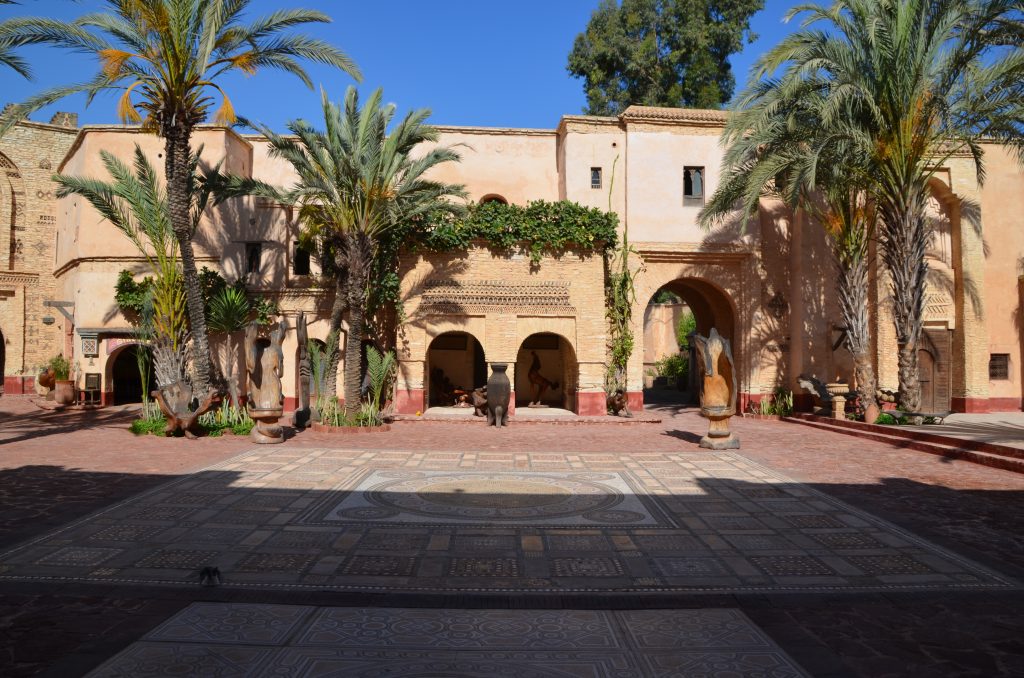
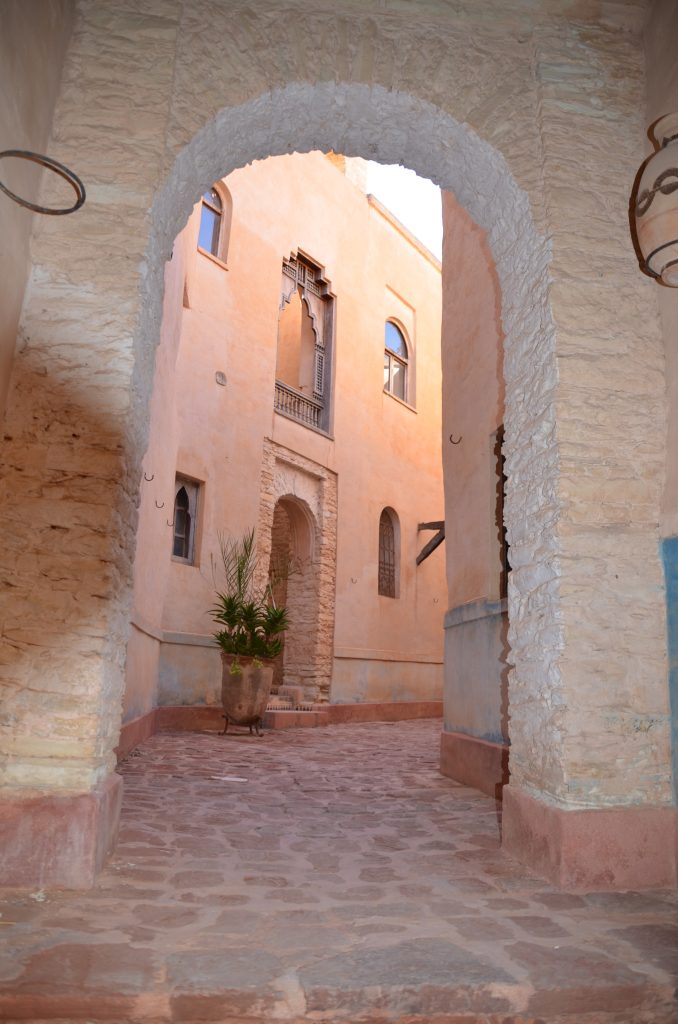


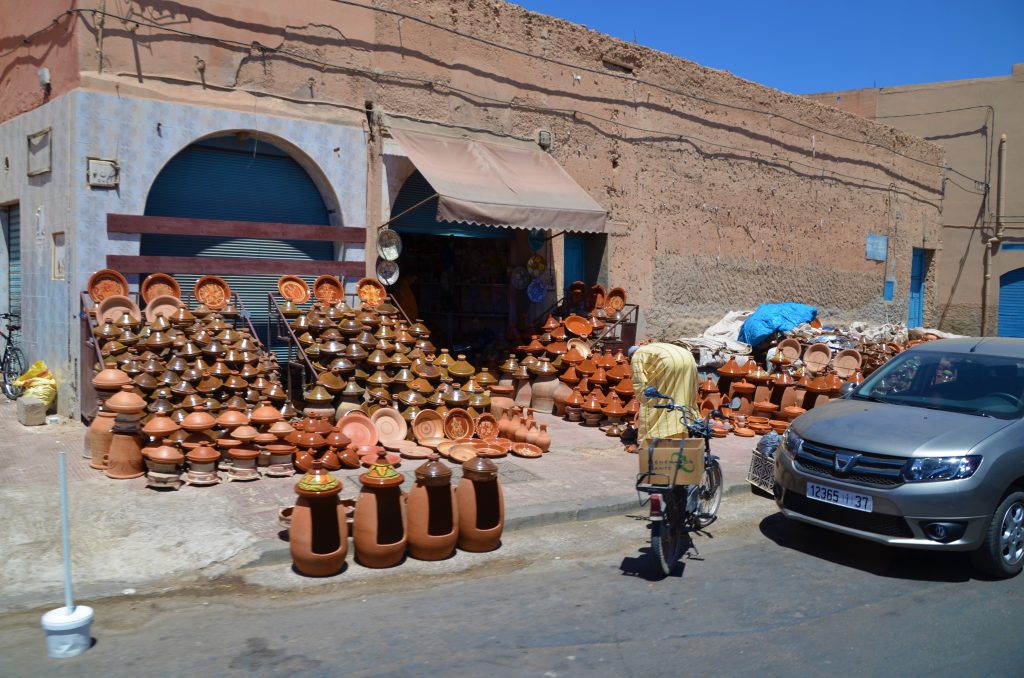

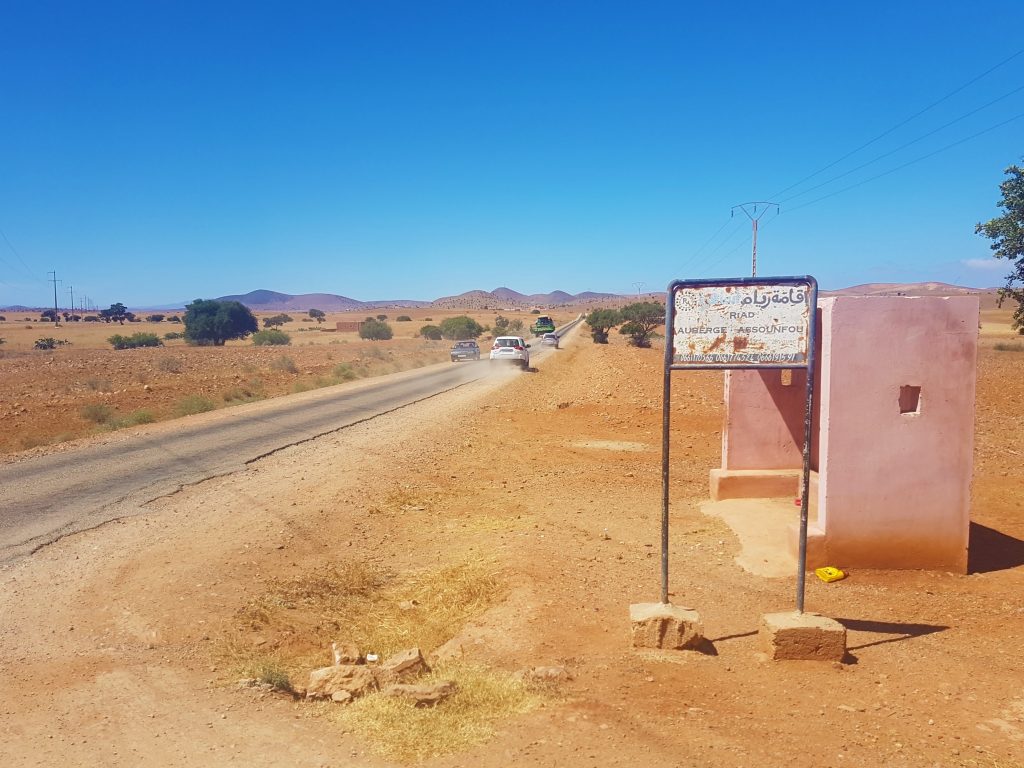
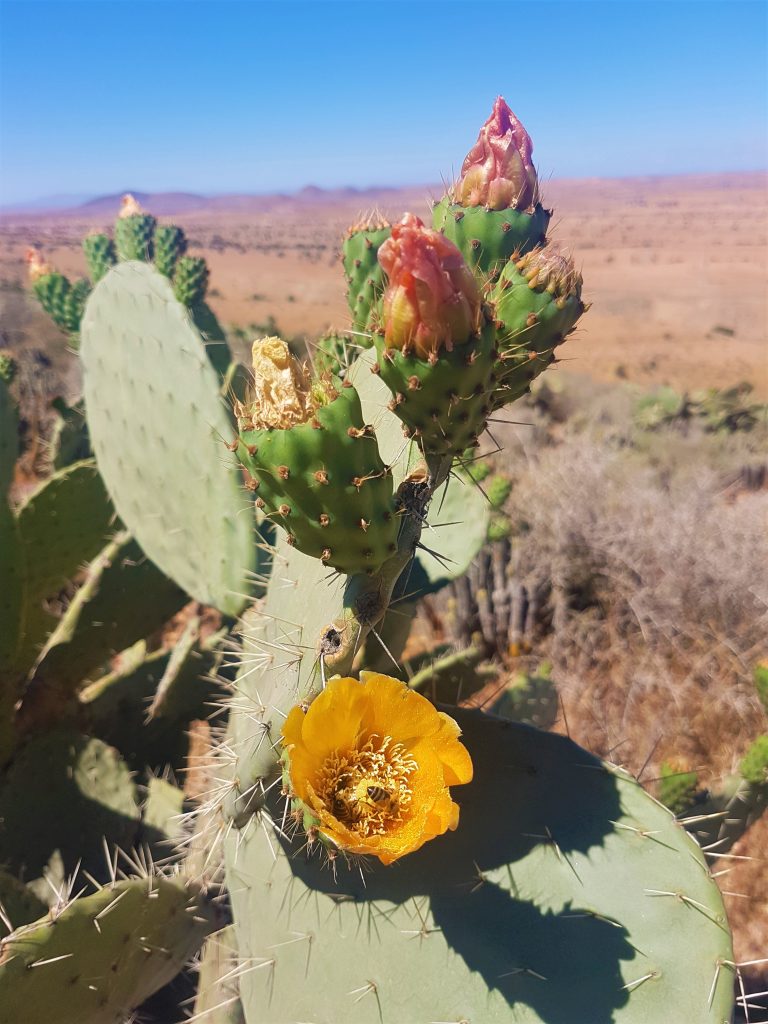
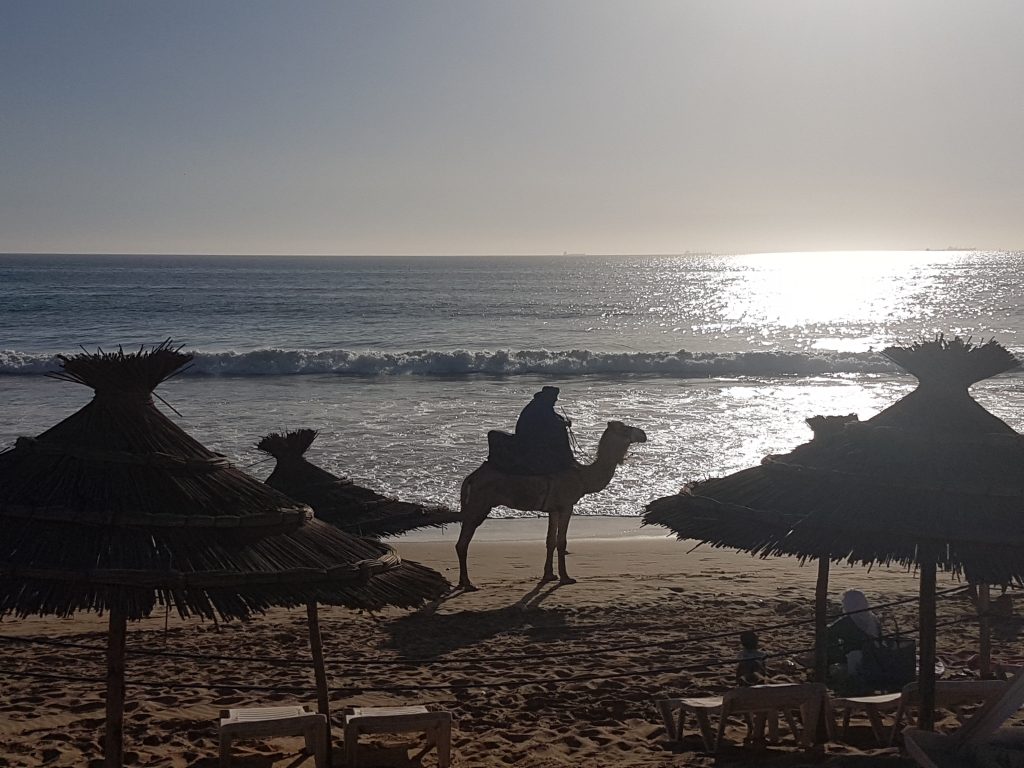
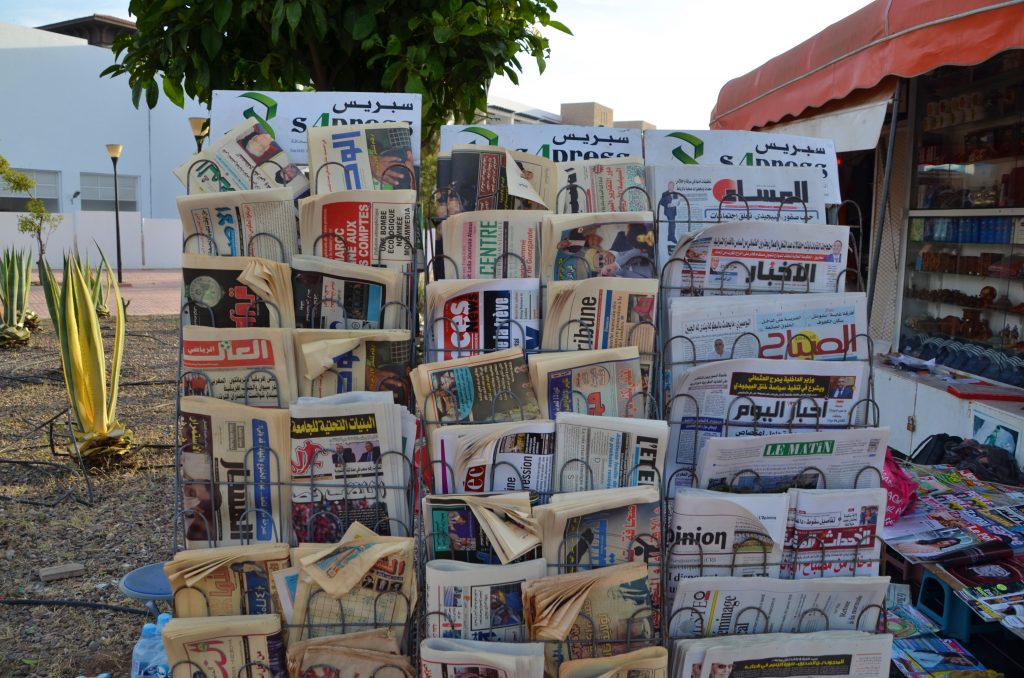
Tips for Your Moroccan Adventure
If you’re looking for a sunny destination in April, Agadir is definitely the place to be. The weather is warm, the culture rich, and the hospitality of the people is unmatched. Be prepared to learn a few words of Arabic, like shukran (thank you), salam aleikum (peace be with you), and inshallah (God willing)—you’ll hear them often, and they’ll become part of your Moroccan experience.
PS: Before visiting Morocco, be sure to read A House in Fez by Suzanna Clarke. It’s the perfect literary companion to help you get into the spirit of Morocco before you go! ✨

